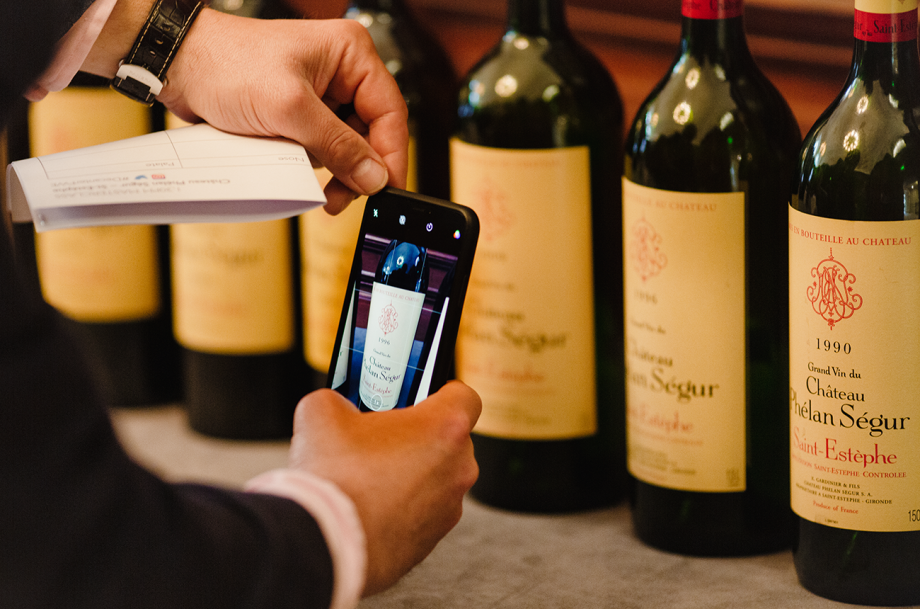Third Aurora, a Melbourne-based company, has launched a new artificial intelligence (AI) application that it said can translate wine bottle labels into any language.
The app can also translate tasting notes, videos and a variety of other promotions, according to Dave Chaffey, the company’s director.
Field tests were set to begin later this month, involving 88 wineries based in several countries, from big producer nations like Australia and the US to producers in Lebanon and Israel.
It will, eventually, be able to function in more than 100 languages, according to Chaffey, who hopes the app will connect with new consumers and appeal to new markets.
Have you tried the Decanter Know Your Wine app?
What the industry says
Several wine industry experts were not impressed with the app, however.
Advances in AI and artificial reality (AR) may render some of the current technology—like this app—obsolete, they believe.
‘This technology doesn’t impress me,’ said Steve Raye, the New York City-based president of Bevology, a consulting company for wine and spirits brands. ‘I think it’s just a build on label recognition technology and not a very creative one at that.’
He added that he sees it as a way of ‘leveraging existing technology for a simple, singular use.’
He believes that Napa-based Treasury Wine Estates, which launched the interactive 19 Crimes Australian label two years ago, brought much more to the table, because ‘they added branding value coupled with a way of animating a marketing message.’
‘Most producers recognise they have to revise, or create, a new front label for the US market,’ he said. ‘I don’t think “foreign wording” on a label is a problem to begin with [given that] many suppliers include foreign words [such as mise en bouteille au Château] to reinforce the concept that they are imported and from a particular place.’
However, he said the app could have ‘more value in countries where the customer traditionally only speaks and reads one language’.
Paul Mabray, the CEO of the Napa-based Emetry.io, which provides data to the wine industry, said that this application seemed to be ‘primarily a producer tool [albeit one that’s] great for wineries that export especially to countries like China’.
He added that technology like this will ‘soon become obsolete as [regular phone] cameras layer in artificial reality [AR] and we become more of a mixed reality society.’
However, he added that there is no doubt that this ‘is a welcome addition to the AR mix for wineries. Anything that helps communicate a story is good for the wine industry.’
Chaffey added that he hopes the next layer that will be added to the technology will include ‘an AI-driven sommelier to the experience [that would allow] consumers to ask questions.’







